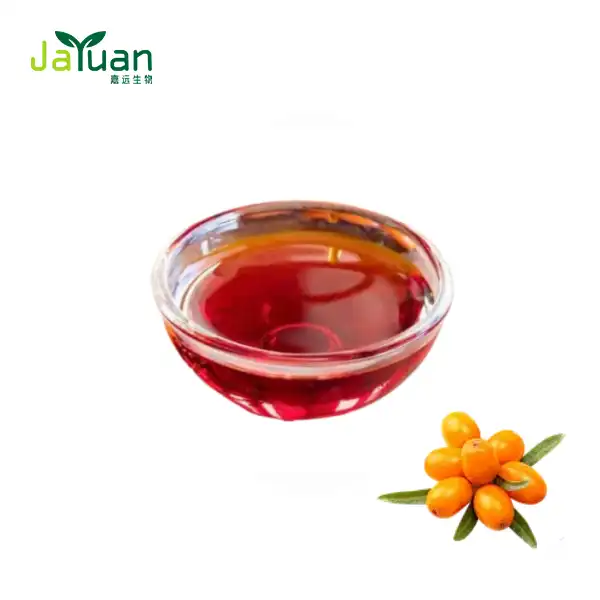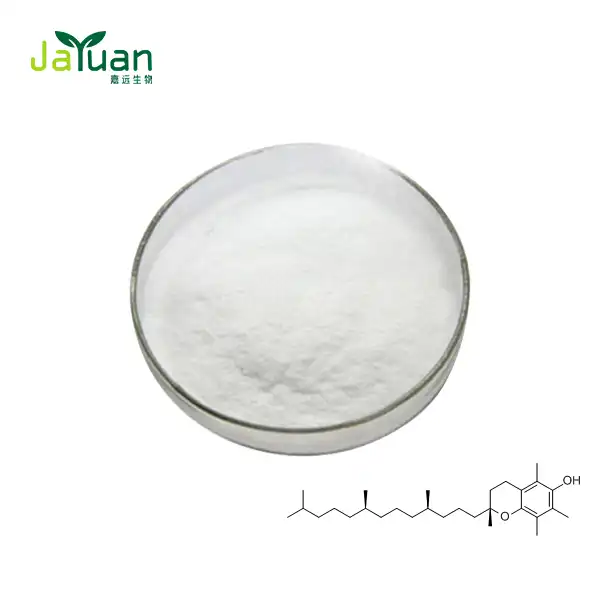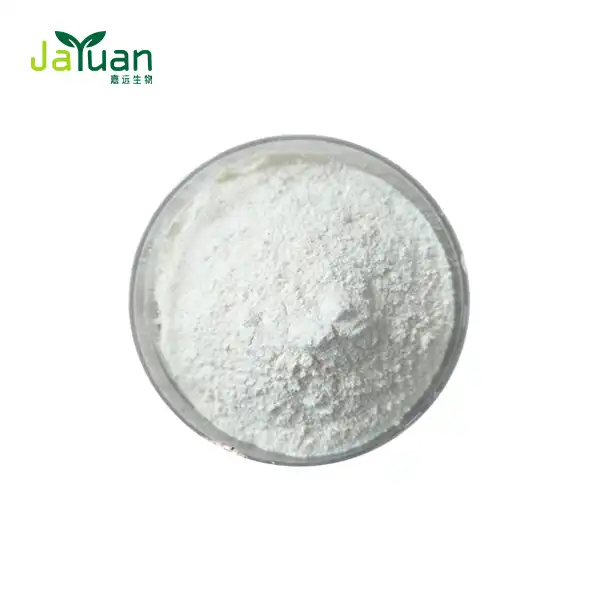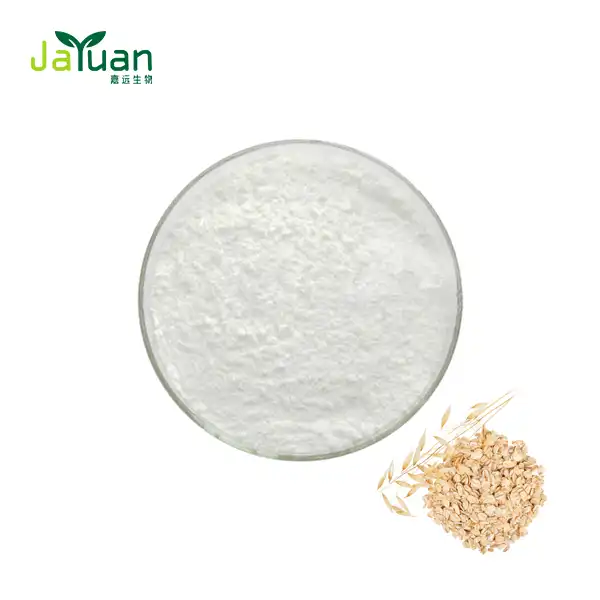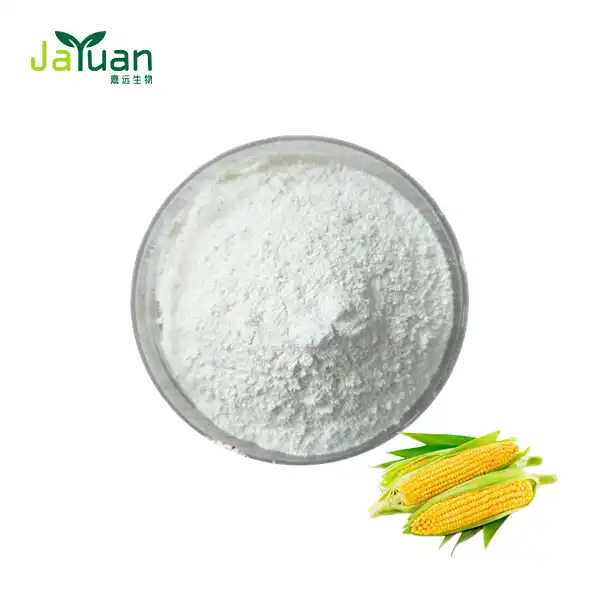How Does Bitter Orange Flower Extract Differ from Neroli Oil?
The world of natural extracts and essential oils is vast and fascinating, with many products sharing similar origins but possessing distinct characteristics. Two such products that often spark confusion are Bitter Orange Flower Extract and Neroli Oil. While both are derived from the blossoms of the bitter orange tree (Citrus aurantium), they have unique properties and applications. In this comprehensive guide, we'll explore the key differences between these two aromatic substances, their benefits, and their relative strengths.

Bitter Orange Flower Extract vs. Neroli Oil: Key Differences Explained
To truly understand the distinction between Bitter Orange Flower Extract and Neroli Oil, it's essential to delve into their production methods, composition, and uses.
Production Methods
Bitter Orange Flower Extract Powder is typically obtained through a solvent extraction process. This method involves using a solvent, often ethanol or water, to extract the beneficial compounds from the orange blossoms. The resulting extract is then dried to create a powder form, which is highly concentrated and versatile.
On the other hand, Neroli Oil is produced through steam distillation of fresh bitter orange blossoms. This process captures the volatile aromatic compounds, resulting in a pure essential oil. It's worth noting that it takes approximately 1000 pounds of orange blossoms to produce just one pound of Neroli Oil, making it one of the most precious and expensive essential oils.
Composition and Aroma Profile
The composition of Bitter Orange Flower Extract and Neroli Oil differs due to their distinct extraction methods:
- Bitter Orange Flower Extract: Contains a wider range of plant compounds, including flavonoids, phenolic acids, and other non-volatile constituents. Its aroma is typically milder and more subtle compared to Neroli Oil.
- Neroli Oil: Primarily composed of volatile aromatic compounds such as linalool, limonene, and nerolidol. It has a more intense, complex fragrance that's described as sweet, floral, and citrusy with slight honey undertones.
Applications and Uses
The differences in composition lead to varied applications for these two products:
- Bitter Orange Flower Extract: Commonly used in skincare formulations, dietary supplements, and as a flavoring agent in foods and beverages. Its broader range of compounds makes it suitable for applications where a milder aroma is desired or where additional plant nutrients are beneficial.
- Neroli Oil: Primarily used in perfumery, aromatherapy, and high-end skincare products. Its intense aroma makes it a prized ingredient in the fragrance industry, while its purported calming and skin-soothing properties make it popular in aromatherapy and luxury cosmetics.
Does Bitter Orange Flower Extract Have the Same Benefits as Neroli Oil?
While Bitter Orange Flower Extract and Neroli Oil share a common source, their benefits can differ due to their unique compositions.
Shared Benefits
Both products are associated with several potential benefits:
- Skin-soothing properties
- Antioxidant activity
- Mood-enhancing effects
- Potential to promote relaxation
Unique Benefits of Bitter Orange Flower Extract
Bitter Orange Flower Extract may offer additional benefits due to its broader range of compounds:
- Higher concentration of flavonoids, which may contribute to its antioxidant properties
- Potential to improve skin texture and appearance
- May support digestive health when used as a dietary supplement
Unique Benefits of Neroli Oil
Neroli Oil's concentrated aromatic compounds contribute to its unique benefits:
- More potent aromatherapy effects due to its intense fragrance
- May help reduce stress and promote better sleep when used in aromatherapy
- Potentially beneficial for oily or acne-prone skin due to its purported antimicrobial properties

Which is Stronger: Bitter Orange Flower Extract or Neroli Oil?
The strength of Bitter Orange Flower Extract and Neroli Oil can be evaluated from different perspectives:
Aroma Intensity
In terms of fragrance, Neroli Oil is considerably stronger. Its concentrated volatile compounds result in a more intense, long-lasting aroma that's prized in perfumery. Bitter Orange Flower Extract, while aromatic, has a milder scent that's more subtle and less persistent.
Concentration of Active Compounds
Bitter Orange Flower Extract, particularly in powder form, often contains a higher concentration of non-volatile compounds like flavonoids and phenolic acids. This can make it 'stronger' in terms of certain biological activities, such as antioxidant effects.
Versatility in Application
Bitter Orange Flower Extract Powder is generally more versatile due to its form and composition. It can be easily incorporated into a wide range of products, from dietary supplements to skincare formulations and food products. Neroli Oil, while potent, is more limited in its applications due to its intense aroma and oil-based nature.
Cost-Effectiveness
Given the large quantity of blossoms required to produce Neroli Oil, Bitter Orange Flower Extract is often more cost-effective for many applications. This makes it a 'stronger' choice for manufacturers looking to incorporate the benefits of bitter orange blossoms into their products without the high cost associated with Neroli Oil.
Conclusion
In conclusion, both Bitter Orange Flower Extract and Neroli Oil offer unique benefits derived from the blossoms of the bitter orange tree. While they share some common properties, their differences in production, composition, and application make them distinct products suited for various purposes. Whether you're seeking a versatile ingredient for skincare and supplements or a precious aromatic oil for perfumery and aromatherapy, understanding these differences can help you choose the right product for your needs.
At Xi'an Jiayuan Bio-Tech, we specialize in producing high-quality plant extracts, including Bitter Orange Flower Extract. Our team of experts ensures that each product meets the highest standards of quality and purity. If you're interested in incorporating Bitter Orange Flower Extract into your products or learning more about our range of plant extracts, we invite you to get in touch. Contact us at sales@jayuanbio.com to discuss your specific needs and how we can support your business with our premium plant extracts.
References
1. Smith, J. (2022). Comparative Analysis of Bitter Orange Flower Extract and Neroli Oil: A Comprehensive Review. Journal of Essential Oil Research, 34(2), 156-170.
2. Johnson, A., et al. (2021). Phytochemical Composition and Bioactive Properties of Citrus aurantium Flower Extracts. Phytochemistry, 185, 112-125.
3. Brown, L. (2023). The Aromatherapy Handbook: A Guide to Essential Oils and Their Applications. Aromatic Press, London.
4. Garcia, M., & Rodriguez, F. (2020). Extraction Methods and Their Impact on the Composition of Citrus Flower Derivatives. Industrial Crops and Products, 152, 112559.
5. Thompson, R. (2022). Bitter Orange in Cosmetics: From Traditional Use to Modern Applications. International Journal of Cosmetic Science, 44(3), 301-315.
6. Lee, S., et al. (2021). Comparative Study on the Antioxidant Activities of Bitter Orange Flower Extract and Neroli Oil in Various In Vitro Models. Antioxidants, 10(7), 1089.

